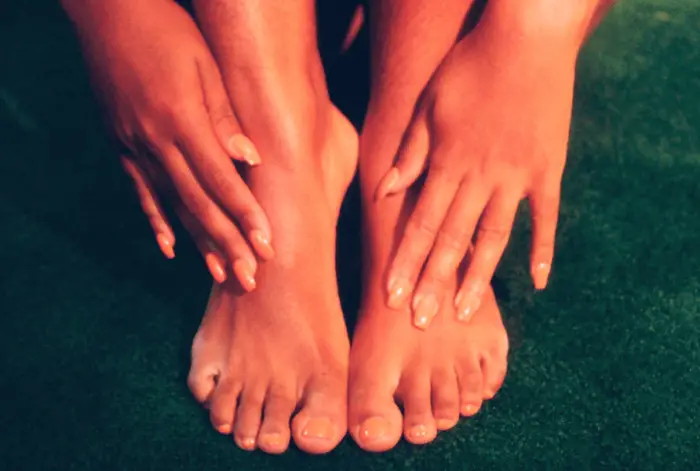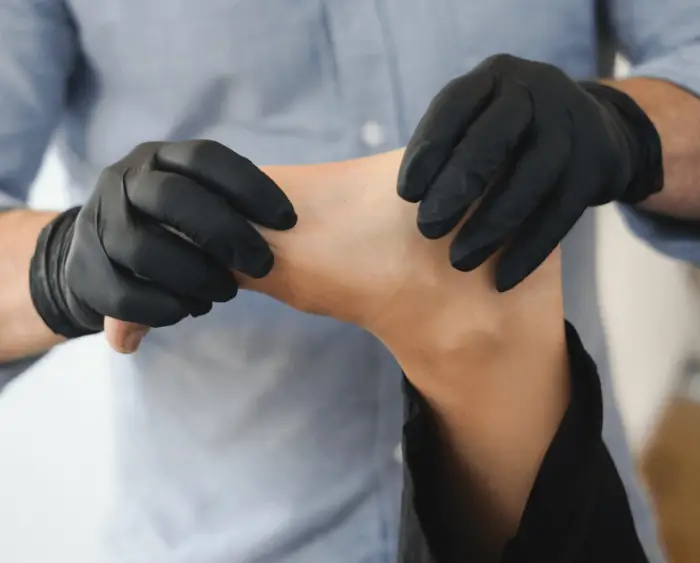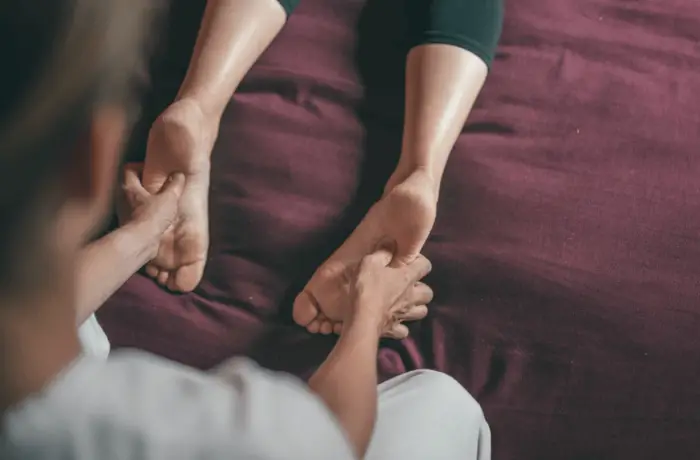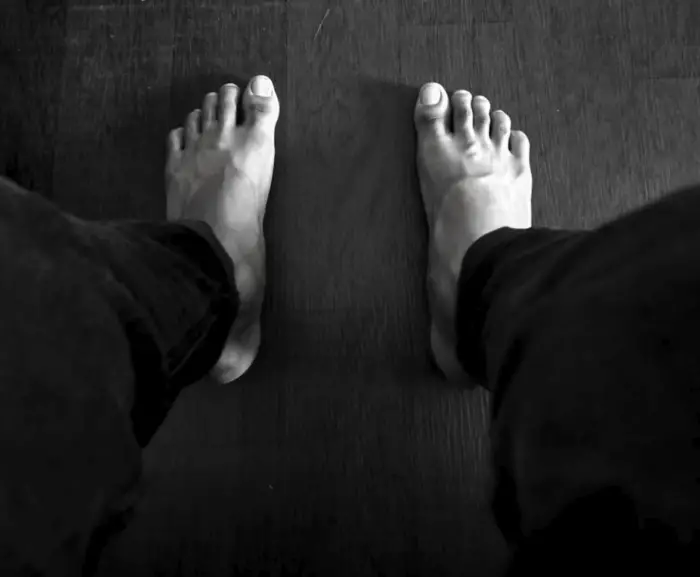Flat feet, or pes planus, is a common condition that describes fallen arches.
According to reports, pes planus affects 30% of the population, with up to 10% of affected individuals experiencing symptoms. Pes planus is more common than you may have thought, this condition doesn’t stop you from joining the military or any other profession, only difference is that you will probably have to get the appropriate shoes for you, if you are a nurse for example you will need to do a little research to get the best nurse shoes for flat feet.
Typically, pes planus affects both feet; however, cases of unilateral flat feet were reported.
The underlying causes of flat feet are diverse and include obesity, injuries, arthritis, aging, genetics, and pregnancy. Individuals with underlying medical conditions, such as cerebral palsy, muscular dystrophy, or other neuromuscular ailments, are at a greater risk of developing flat feet.
In this article, we will cover several over flat feet exercises that help correct fallen arches and reduce the associated pain. For optimal results, make sure to do these exercises at least 3 times per week. Make sure to consult your physician first, you can ask them about over pronation exercises physical therapy.

Jump to your Favorite Section
Symptoms of flat feet
Flat feet present in a variety of symptoms, including:
- Pain in the arch or mid-foot
- Protruding bump on the inner side of the foot
- Problems walking, standing, and maintaining your balance
- Frequent injuries to the foot and ankle
- Tight calf muscles
As time goes by, flat feet can complicate into a condition known as posterior tibial tendon dysfunction (PTTD). This is the result of a tear of the tendon that connects the calf muscle to the bones.
Causes of flat feet
Flat feet causes are diverse and include:
Genetic factors – having a family member with flat feet increases your risk of developing this condition. The transmission pattern is particularly observed between parents and their children.
Weak arches – to check if your arch is weak, compare it when you are sitting versus when you are standing. In the latter position, the arch becomes invisible.
Foot or ankle injury – while this is a common symptom of flat feet, it could also be a triggering factor.
Arthritis – the inflammation of the joints and bones could precipitate flat feet. The most influential condition that triggers flat feet is rheumatoid arthritis.
Systemic diseases – the most common systemic conditions that cause flat feet are those that affect the nerves and muscles, such as cerebral palsy, muscular dystrophy, or spina bifida.
Tarsal coalition – when the bones of the foot fuse together, articular range of motion diminishes and stiffness becomes prominent.
Posterior tibial tendon dysfunction, damage, or rupture.
In general, physicians diagnose this condition during childhood; however, it could arise later in life due to obesity, diabetes, or pregnancy.
Moreover, flat feet could develop with age as well.
Exercises for flat feet

Besides rehabilitation therapy, there are many exercises for flat feet that you can perform to address flat feet and restore a healthy arch to your feet.
Here are some of the most effective exercises to reduce the symptoms of flat feet:
Heel stretches
- Start in a standing position with your hands resting on the wall.
- Keep one leg in front of you and the other leg extended backward.
- Press both heels into the floor.
- While maintaining spinal alignment, bend your leg and push yourself into the wall.
- Hold this position for 30-45 seconds.
- Repeat for 4 sides on each side.
Tennis/golf ball rolls
- Sit on a chair with a tennis ball under your floor.
- Hold your spinal alignment while you roll the ball under your foot.
- Do this exercise for 2–3 minutes.
- Repeat for the opposite foot.
Arch lifts
- Start in a standing position with your feet hip-width apart.
- Keep your toes in contact with the floor the entire time as you roll your weight to the outer edges of your feet.
- Release your feet back down.
- The exercise consists of 3 sets of 10–15 repetitions.
Calf raises
- While in a standing position, lift your heels as high as you can.
- Use a chair to support your balance if necessary.
- Hold this position for 5 seconds.
- Do 2–3 sets of 15–20 repetitions.
Towel curls
- Place a towel under your feet and sit on a chair.
- Root your heels into the floor and curl your toes to scrunch up the towel.
- Press your toes into your feet.
- Hold this position for a couple of seconds, then release.
- Be sure to keep the ball of your foot pressed against the floor.
- Do 2–3 sets that consist of 10–15 repetitions.
Toe raises
If you are looking for variations, you can perform this exercise, which consists of starting in standing yoga poses (e.g., Tree pose, Standing Forward Bend).
- As you stand, press your left big toe on the floor and lift the remaining toes.
- Lift your big toe and press the remaining toes into the floor.
- Do each side 5–10 times while holding each lift for 5 seconds.
Other treatments for flat feet

If you have flat feet, you may opt for orthotic devices that support the arches of your feet to improve function and alignment.
The purpose of orthotic devices is to absorb impact and lower stress. You can either opt for standard orthotic devices or have them custom made.
An example of this type of device is the stability shoes, which help support the arches of your feet and provide structural supports.
In some cases, physical therapy can also improve the arches of your flat feet, especially if the latter got triggered by overuse injuries or poor form.
Generally speaking, surgery is not required for flat feet unless the deformity exceeds acceptable levels or when you have severe symptoms triggered by your flat feet.
Before opting for alternative treatments of flat feet, you may want to speak with your primary care physician or orthopedic surgeon to ensure the safety of any treatments they will give you the best recommendations for over appropriate pronation exercises physical therapy.
Takeaway message

There are several flat feet exercise routines that improve the arches of your flat feet to relieve any uncomfortable symptoms you might have.
We hope that this article managed to shed some light on the ever-important topic of flat feet and the proposed solutions for this issue.
If you still have any questions or concerns about flat feet or the exercises listed above, please don’t hesitate to consult with your doctor or an specialist, they will be the best on helping you reduce any pain related to flat feet.
